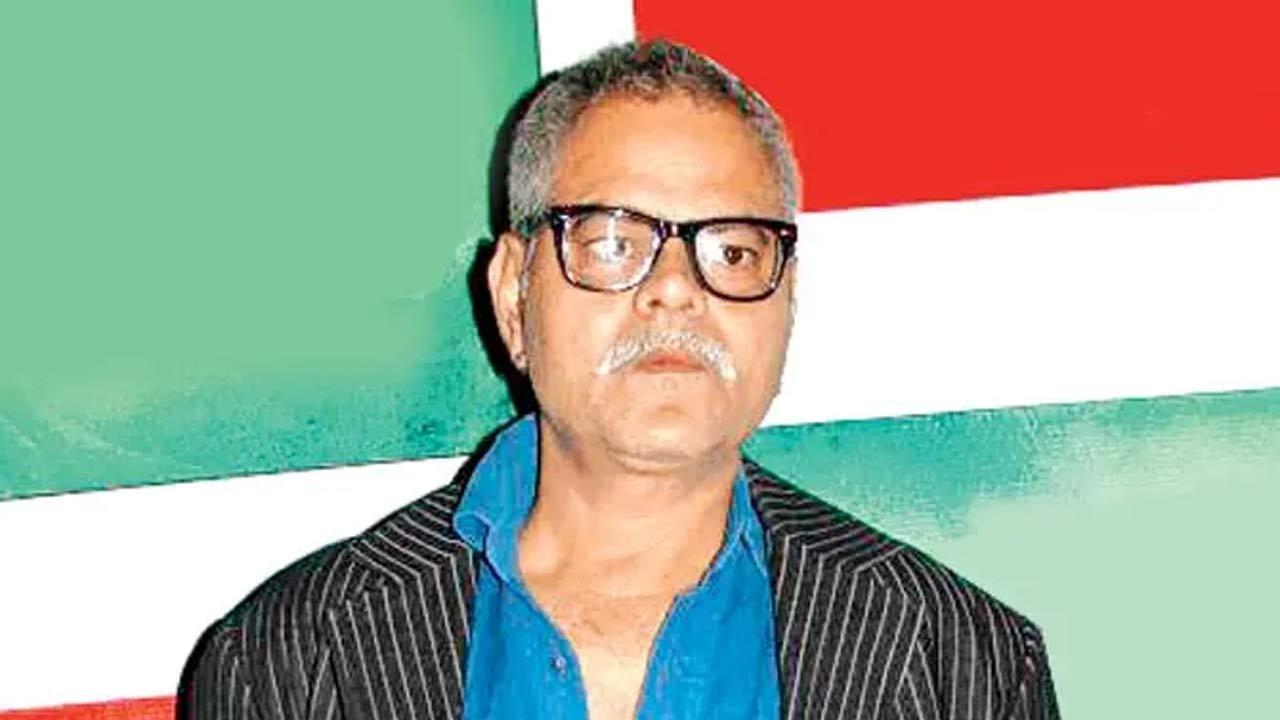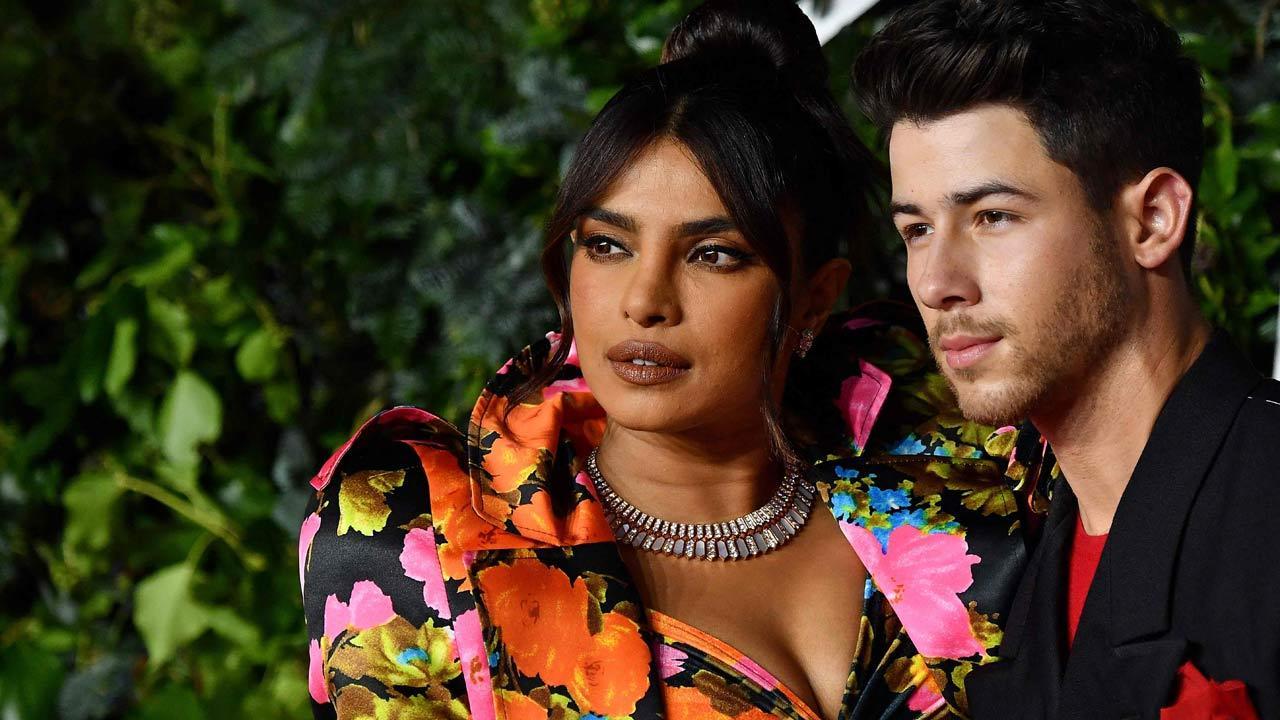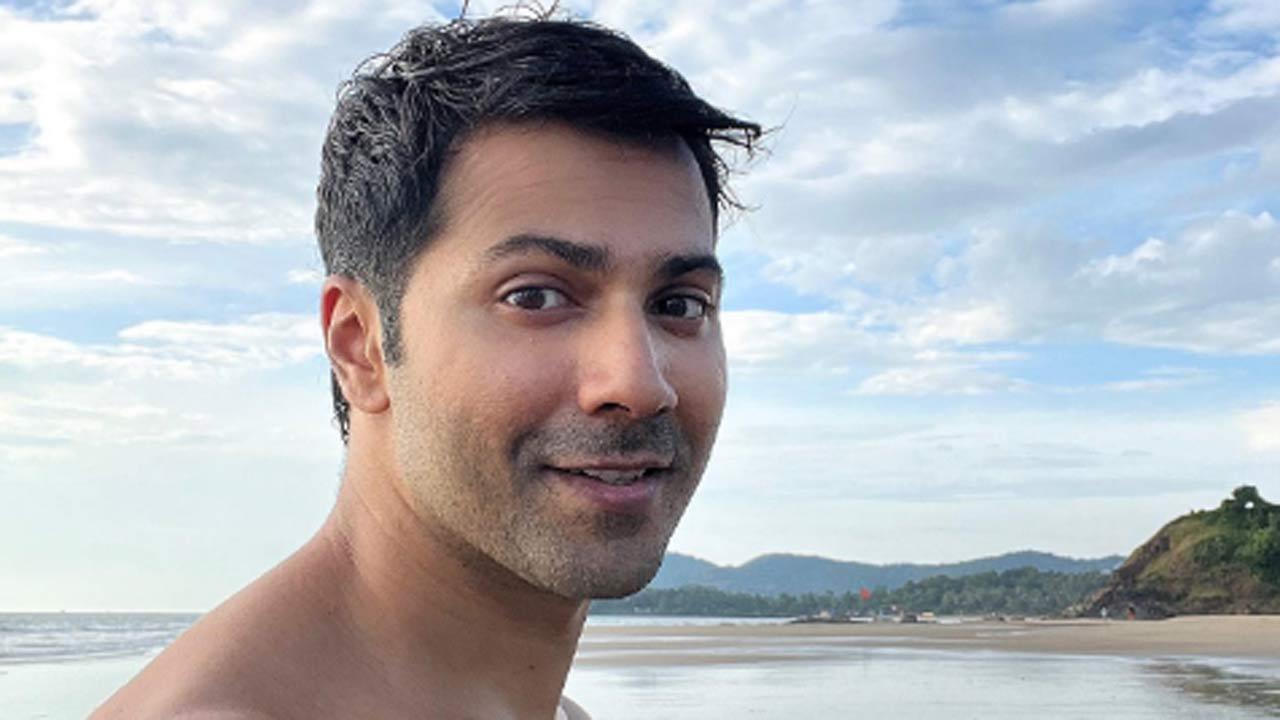As Americans, we trace our tradition of Thanksgiving Day all the way back 1621 when the Plymouth colonists and the Wampanoag Indians shared an autumn harvest feast. The most detailed description of the "First Thanksgiving" comes from Edward Winslow from A Journal of the Pilgrims at Plymouth, in 1621: Our harvest being gotten in, our governor sent four men on fowling, that so we might after a special manner rejoice together after we had gathered the fruit of our labors. They four in one day killed as much fowl as, with a little help besides, served the company almost a week.
At which time, among other recreations, we exercised our arms, many of the Indians coming amongst us, and among the rest their greatest king Massasoit, with some ninety men, whom for three days we entertained and feasted, and they went out and killed five deer, which they brought to the plantation and bestowed upon our governor, and upon the captain, and others. And although it be not always so plentiful as it was at this time with us, yet by the goodness of God, we are so far from want that we often wish you partakers of our plenty. The Pilgrims had been blessed by God in surviving a devastating first year in the Americas.
They had settled in an untamed land, built homes and raised a bounty of crops for the winter. They also were at peace with the indigenous peoples. The Governor, William Bradford, proclaimed a day of thanksgiving that was to be shared by all the colonists and the neighboring Native Ameri.


















